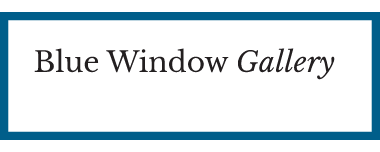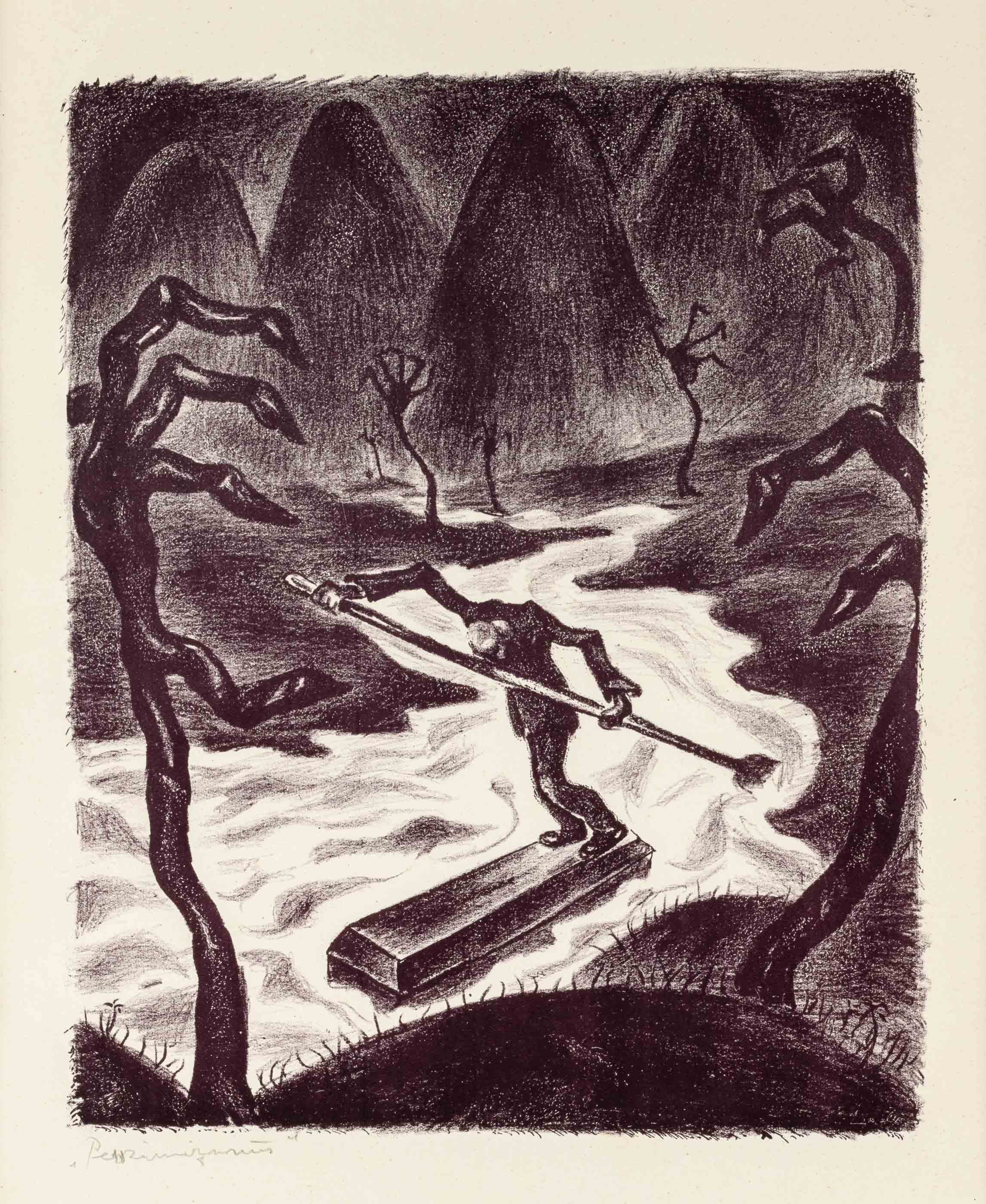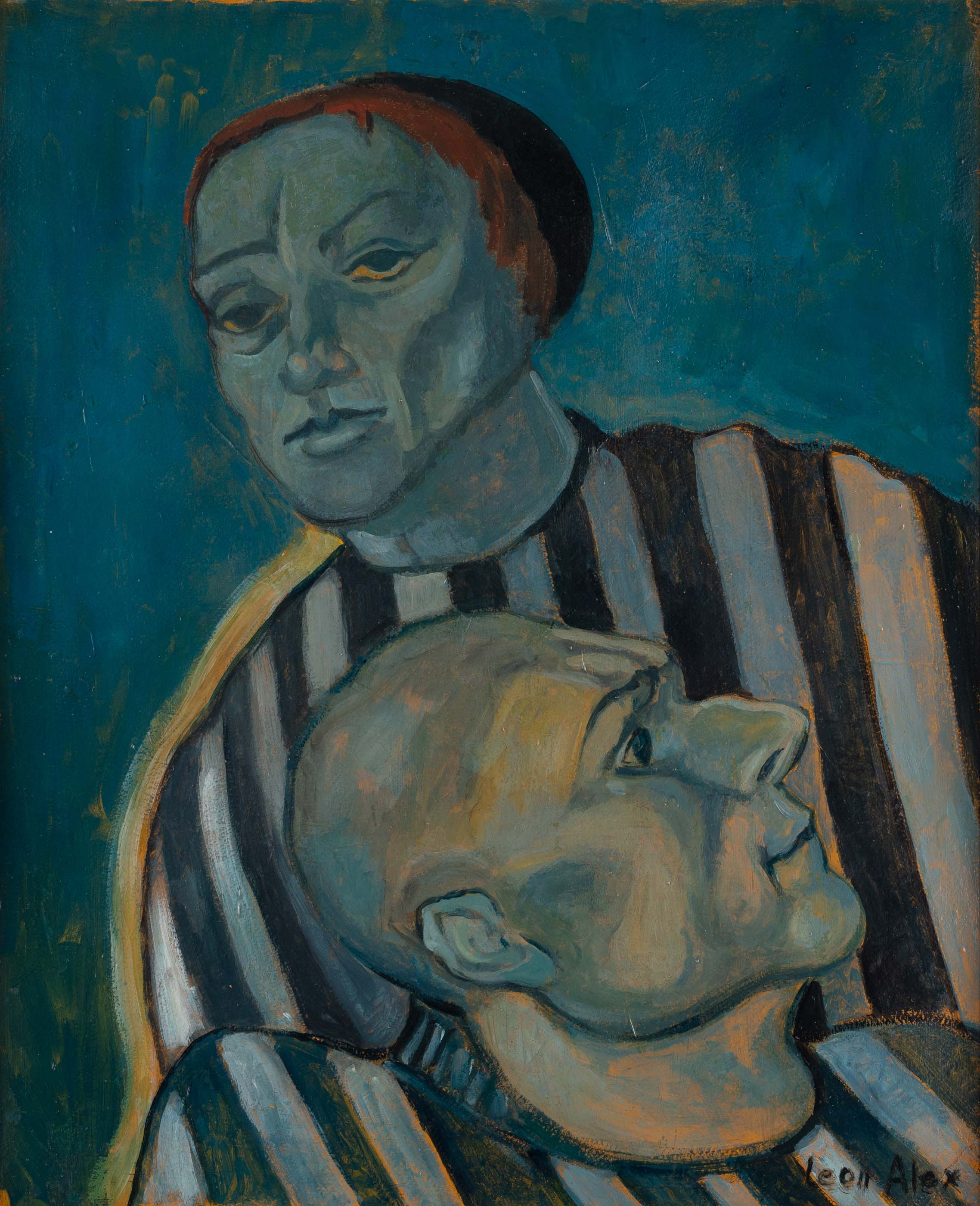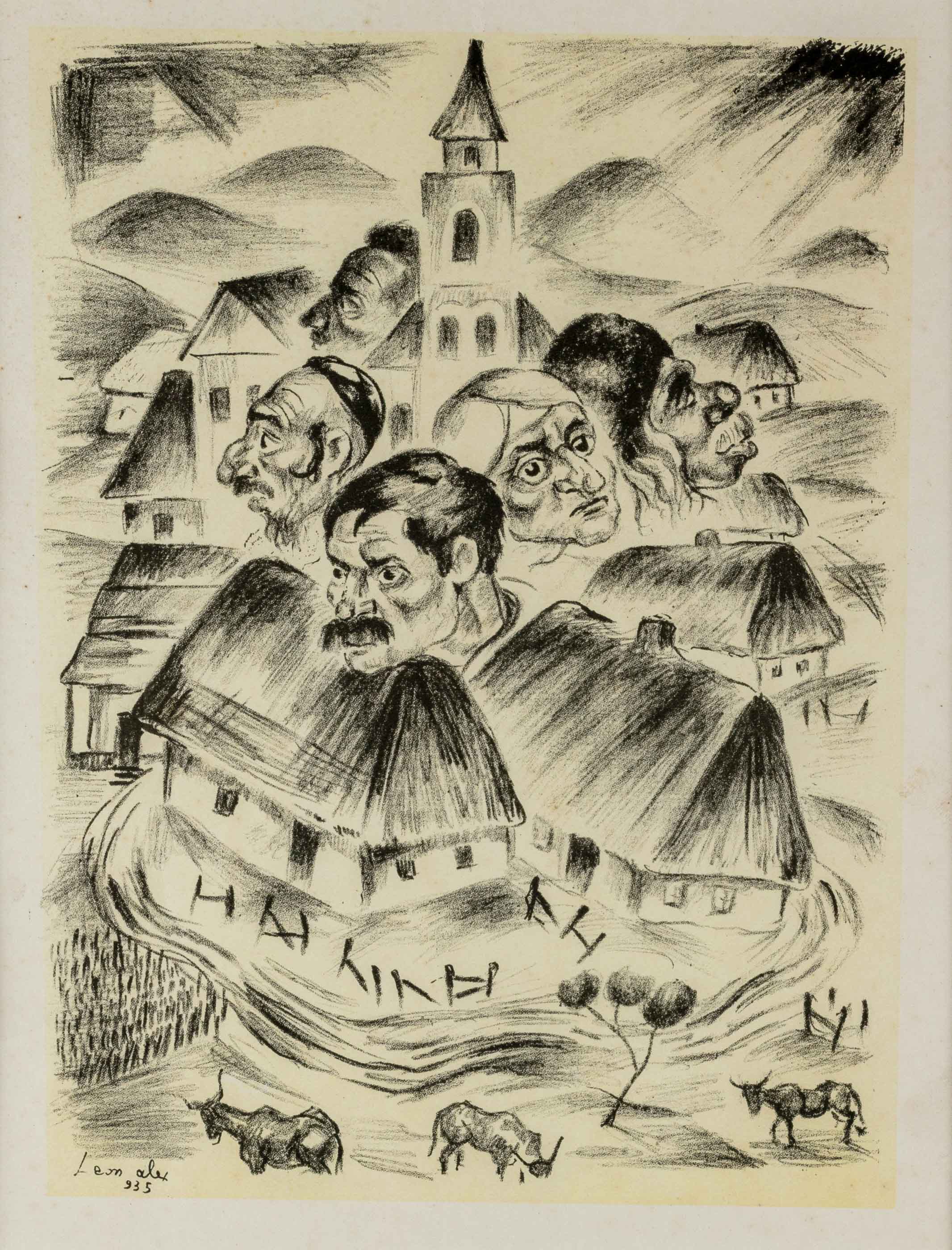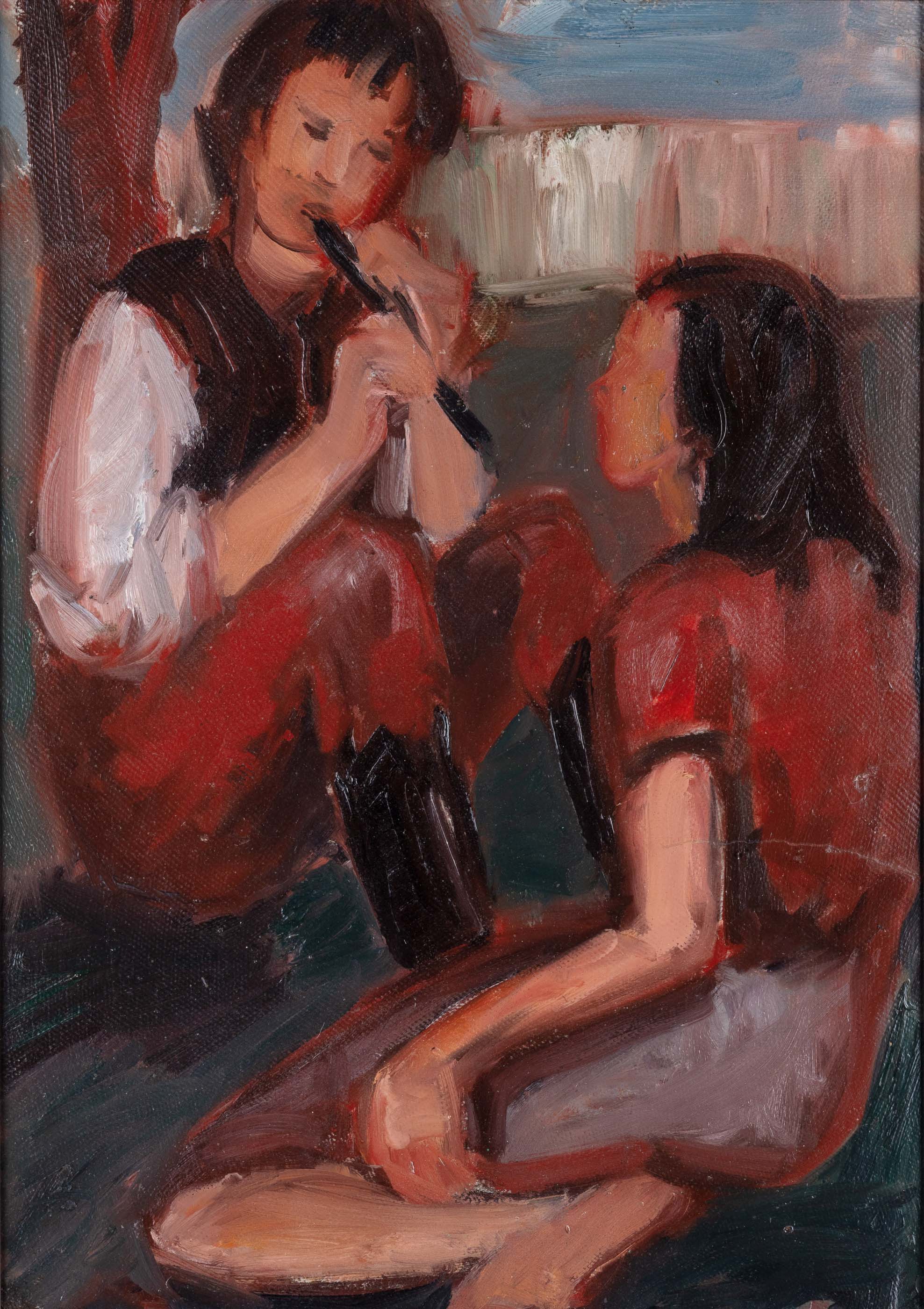Leon Alex (Löwinger Sándor)
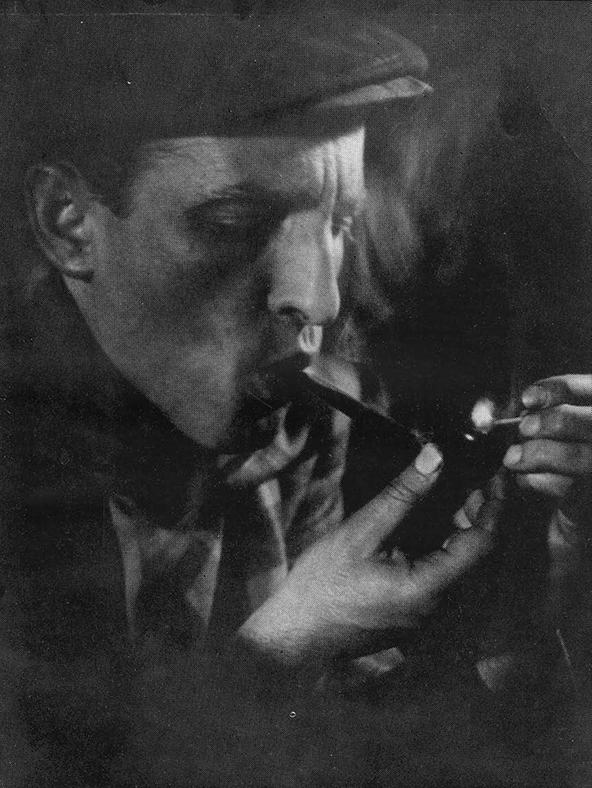
1907, Petroșani - 1944, Ostroh, Soviet Union, Ukraine territory today
The Life
Born in a working-class family, he tried to make a living not only as an artist but as a working man. This is how he was last seen, as a worker…on the Eastern Front.
The Art
He had a fast growing and phenomenal career, starting from a tailoring workshop and reaching to the Académie Ranson in Paris. With no artistic training, he was an illustrator, a graphic artist, and a painter, a true natural born artist.
The early years
Leon Alex was born on May 30, 1907, in Petroșani, under the name of Sándor Löwinger. He came from a working-class family, his father being a blacksmith. In 1916, fleeing the war, the family took refuge in Oradea. Young Lőwinger finished his four elementary classes there, after which his mother enrolled him as an apprentice tailor. In the middle of his professions as a tailor, lithographer and photographer, he evolved as an artist on his own and learned to paint at the artists' colony in Baia Mare as well around the year 1928.
He became acquainted with the technique of lithography, working for almost three years in the largest printing house in Oradea, the Graphic Institute of Sonnenfeld. In the early 1930s, he made illustrations for several magazines in the country (The Reality magazine - Realitatea Ilustrată,
The Free Word - Cuvîntul liber, The Papers of Brașov - Brassói Lapok) and gave several lectures on art in the circles organized by left-wing intellectuals in Oradea.
The artistic beginnings
He received almost no artistic training, as his financial condition did not allow him to carry out in-depth studies in other cities. In 1928, he spent a month and a half in Baia Mare, but the landscape-oriented conception of the free school there was contradictory to his interest in social issues. György Ruzicskay, who lived in Oradea at the time, had a strong influence on his artistic development. The two became very good friends.
The artist's first exhibition happened in the halls of the Journalism Club in Oradea. He showcased some works with social themes. Later, the works he started to present had a more rebellious tone, formulating criticism of society, in cities like Timișoara, Arad and Cluj. In the beginning he used charcoal as his main instrument, and with his drawings he stunned his viewers with his relentless exploration of social injustices, or by suggesting feverish struggles, joys, and revelations, tuning to human compassion.
All his energy was tied to his art. He moved away from his family, led a solitary life, hiding in a kind of suburban misery, completely out on the periphery, where the street no longer had a name, the house no longer had a number. His “studio” was a two-meter-wide, low-roof room, a former granary. He worked alone in such a studio, almost without guidance. He had so many ideas that he couldn’t keep up with drawing them. His images mocked the way of life of the bourgeoisie, revealed the misery of the proletariat. That’s why his drawings were so painfully honest, and that’s why they stirred the viewer deeply. Leon Alex's drawings reflect the fall and despair of today's man, they capture the disintegration and distortions of the social life.
Assuming his communist convictions and wanting his works to reach as many people as possible among the common people and the working class, the artist published in a relatively large circulation two folders with lithographs (in 1934 and in 1936), which were later sold.
The graphic artist was also an illustrator (he created numerous covers for "gift novels" published by The Papers of Brașov - Brassói Lapok) and in 1935 he made his first oil paintings (wch dealt with interpersonal relationships and social problems).
An insecure artist in an insecure world
Thanks to the financial help of some friends, the artist was able to take a long study trip to Paris in 1936. Admiring the rich art collection hosted by the Louvre Museum, he became insecure about his own art. For this reason, he visited Marc Chagall, who, based on his work, encouraged him to continue his career as an artist. Leon spent almost three years in the capital city of art, where he became a student at Ranson School.
Here, his art became refined. After previous charcoal drawings based on the light-shadow effect, he switched to the pure graphical lines of pen drawings, then to gouache paintings with inaudibly sensitive tones, and then he gradually converted to the more imposing oil paintings. The social issues suggested in his work were by no means less definite, in fact, they were indeed more powerful with their superior artistic technique.
Sadly, his fabulous ascension suddenly collapsed: in 1939 he returned to Oradea to visit his family, but the Second World War caught up with him, so he couldn’t return to Paris, nor exhibit his works. He lived in Oradea between 1940-1942, earning his living from photo processing. In the deadly turmoil of war, amid humiliations, fights and escapes, he perished. Some say he was taken to Ukraine by a criminal squadron and from there he escaped to the partisans, other sources state that after he was forced into labor service, his health deteriorated greatly, yet he managed to escape to the Soviet Union, where he was hospitalized in Ostroh, presumably dying in that hospital or shortly after he was released from there.
István Borghida, a former good friend and author of the monograph on the artist, confessed that in the art of Alex Leon, who consciously strengthened and trained for fighting, there is a kind of lamentable universal pain, a kind of mystical and pessimistic prediction of destiny. The past persecutions and humiliations, ghettos, pogroms, concentration camps, the constant threat has already been absorbed into his blood and vibrated in his nerves and cells, becoming in his works a conjecture of destiny.
